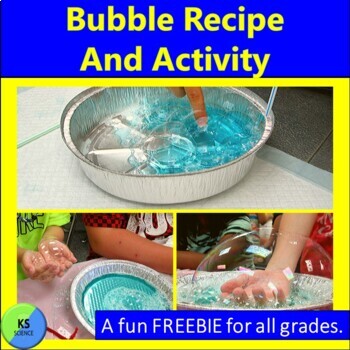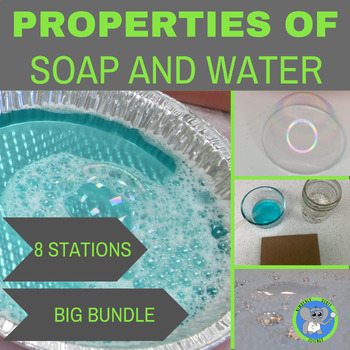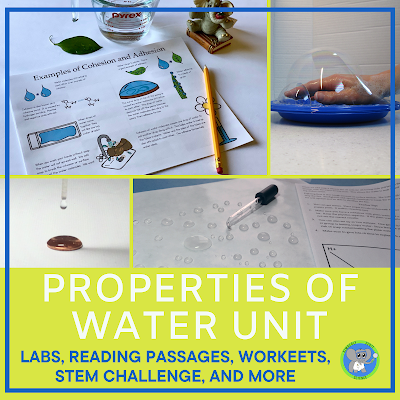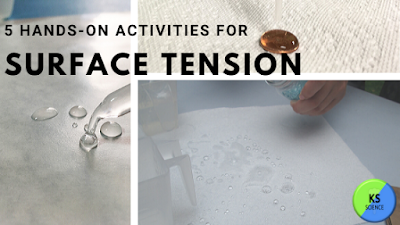The Science Behind Blowing Bubbles: Properties Of Water And Soap
Exploring with bubbles is a great sunny day activity. You can even explore with bubbles inside. Soap is easy to find, and many things can be used as bubble blowers. As a science teacher, I don't just focus on the kids exploring. I also focus on the science behind the bubble.
What is the Structure of a Bubble?
A soap bubble is composed of 3 layers. The middle layer is water which is sandwiched between 2 layers of soap. Soap has two ends. One is attracted to oil, and the other end is attracted to water. The outer layer of a bubble contains the oil-loving soap ends. This is why a bubble pops when it touches another object. The object most likely has oil and dirt on it. Since the outer layer is attracted to oil, it clings to the object and pops. If the object is free of oil and dirt, the bubble may sit on top of the object. Eventually, the bubble will begin to evaporate and then pop.
No matter what shape you start with, when you blow a bubble, it will make a sphere. Bubbles will always create a shape that has the smallest surface area. A sphere has less surface area and is more stable than other shapes.
How to Catch a Bubble
If you want to catch a bubble in your hand, there are several things you need to know. A dry hand absorbs the water in the bubble. Your dry hand likely contains oil and dirt. When you touch the bubble, your skin creates a gap between the soap bubble molecules. Think of a bubble like a net. If the molecules are too far apart, they can not stay together. The attraction to oil in your hand causes the soap bubble to cling to your hand, increasing this gap. When the gap is too far apart, the bubble pops.
A wet object does not take anything away from the bubble. Dip your hand in soapy water if you want to catch a bubble. When your hand is wet, the soapy water attracts to the bubble. Your hand becomes part of the netting instead of creating gaps. The bubble will sit on your hand. Remember to wash your hands before trying this trick.
Try This Free Download
Have fun exploring and learning about the science of bubbles.
SHOP THIS POST








